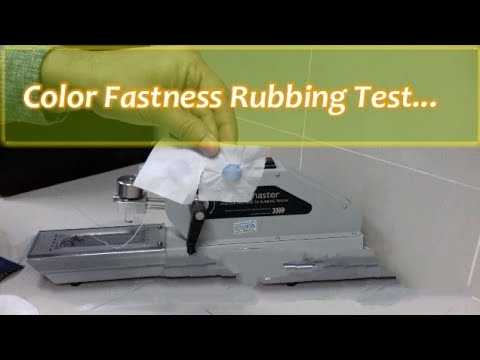How do you test for colour fastness?
Color fastness is the ability of a material to retain its color when exposed to various conditions such as light, water, rubbing, and laundering. To test for color fastness, there are several methods available depending on the type of material being tested:
1. Lightfastness test: This test involves exposing the material to light for a specified period and comparing the color of the exposed portion with the unexposed portion to check for any fading.

2. Washing fastness test: In this test, the material is subjected to washing in hot water using detergent for a certain time. The color of the material is then compared against the original color to determine if there has been any bleeding or fading.
3. Rubbing fastness test: Here, the material is rubbed against an abrasive surface repeatedly, and the color loss is evaluated by comparing it against the original color.
4. Water fastness test: The material is soaked in water for a specific duration, and the color is compared against the original color to check for any bleeding or fading.
5. Perspiration fastness test: The material is exposed to synthetic perspiration for a specific duration to evaluate the colorfastness against sweating.
These tests can be conducted using different standards such as ISO, AATCC, or ASTM depending on the requirements and regulations of the industry.

